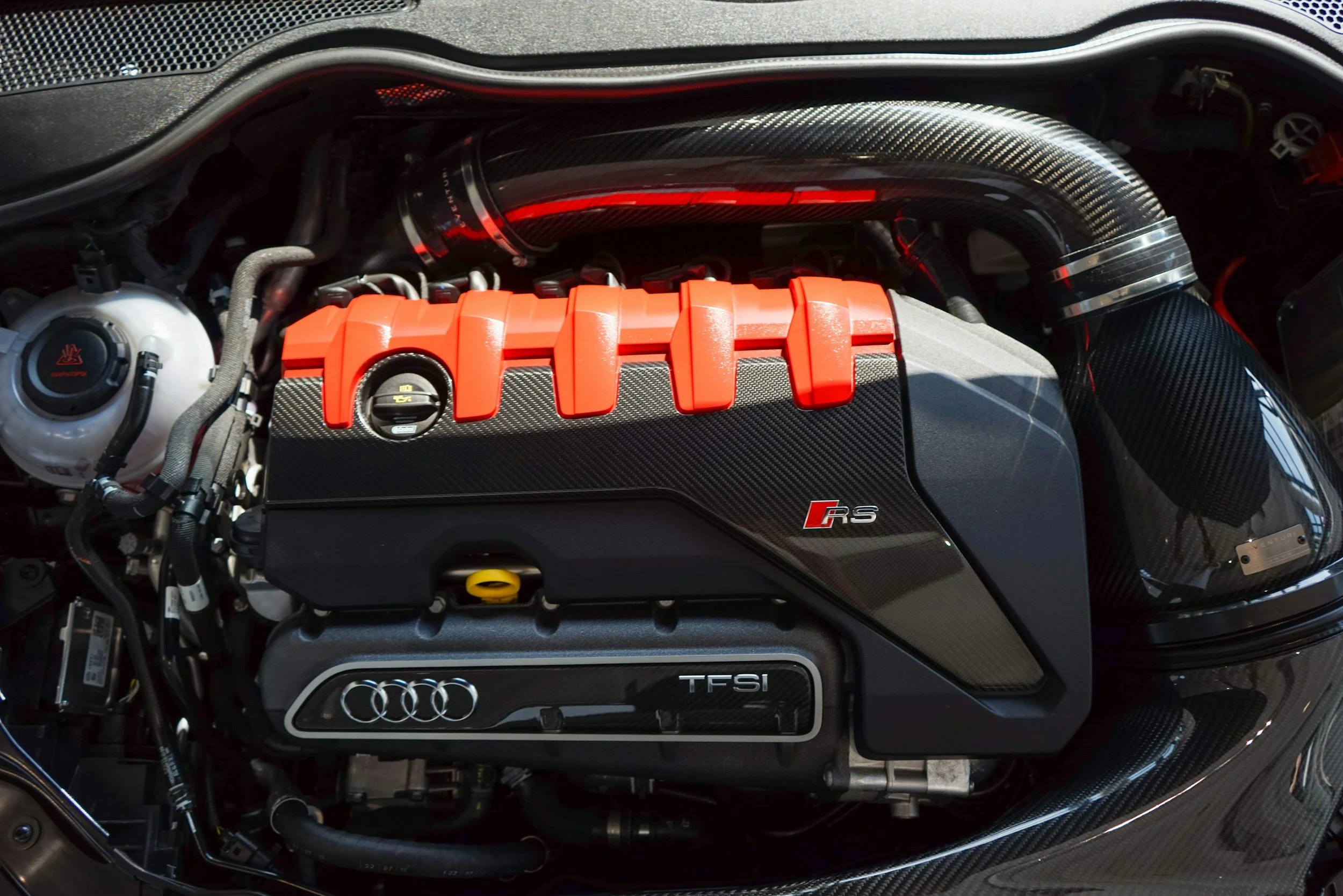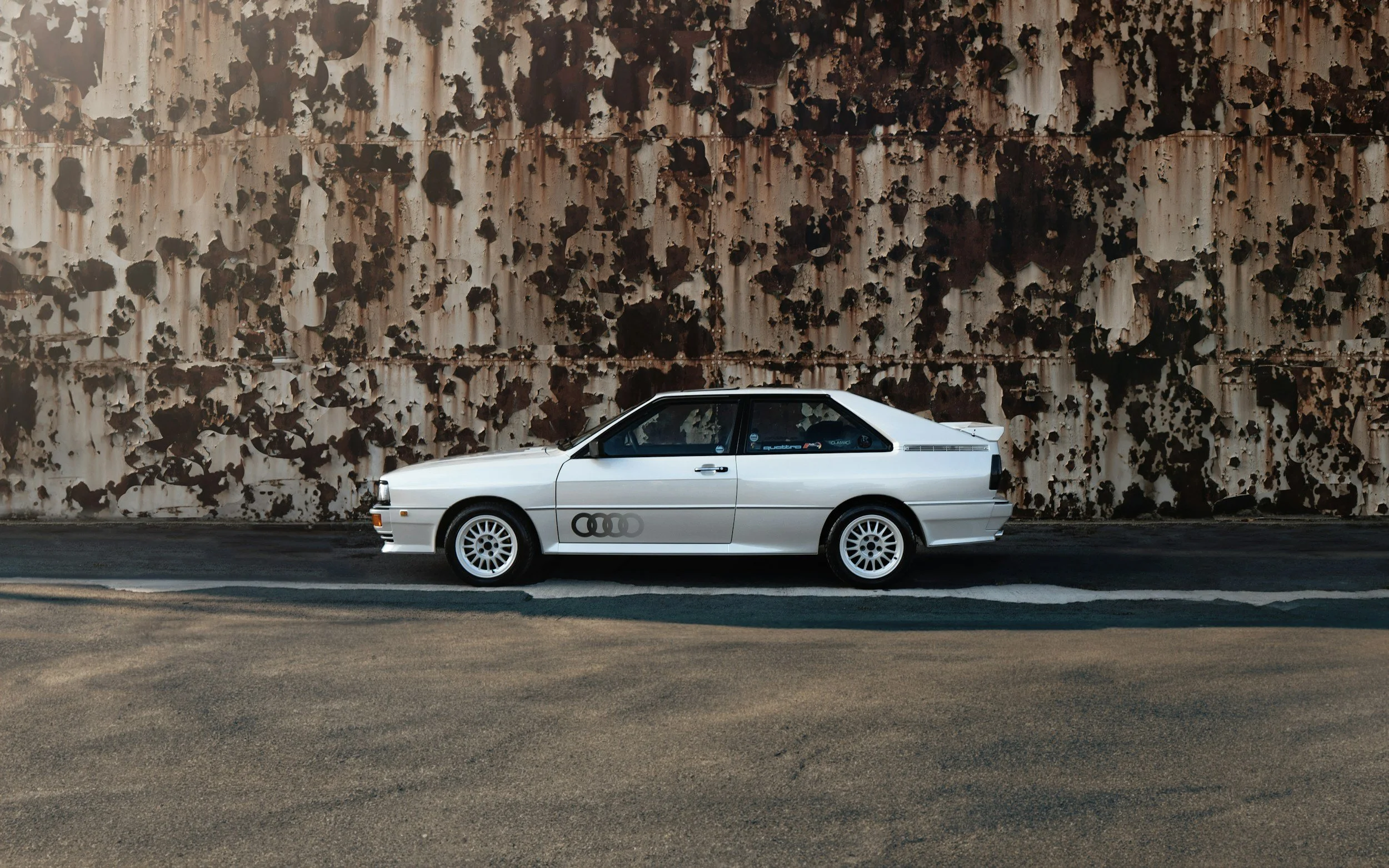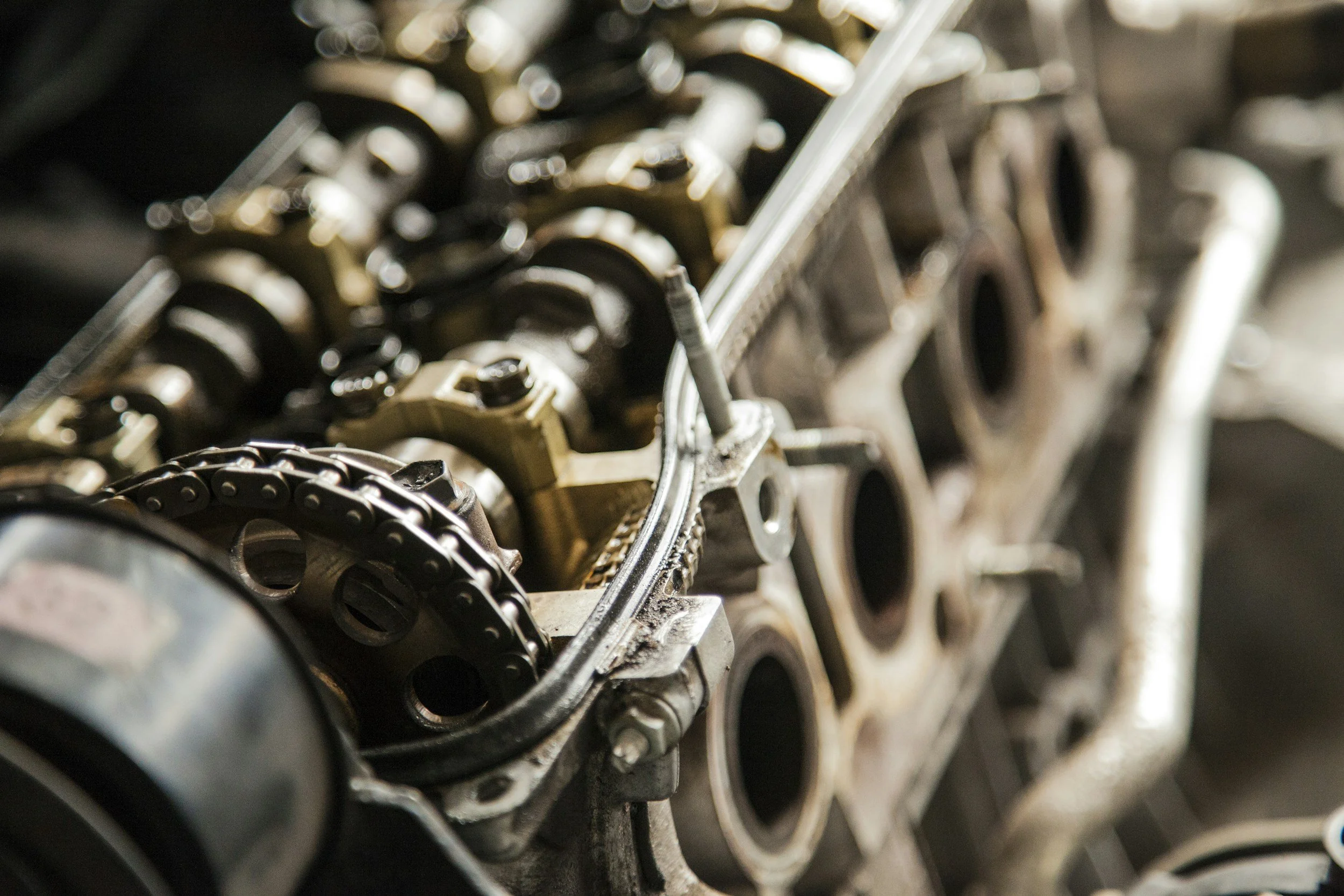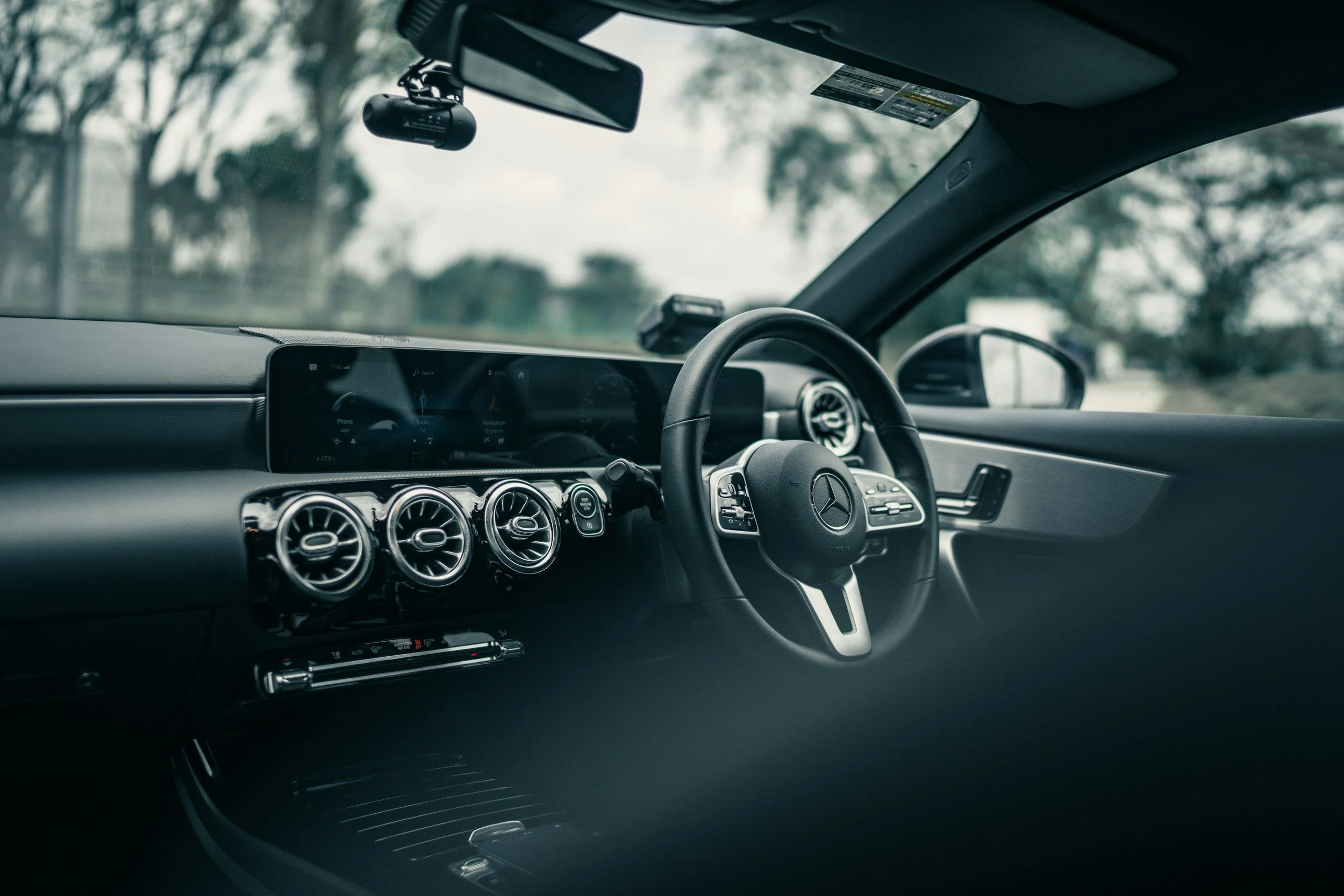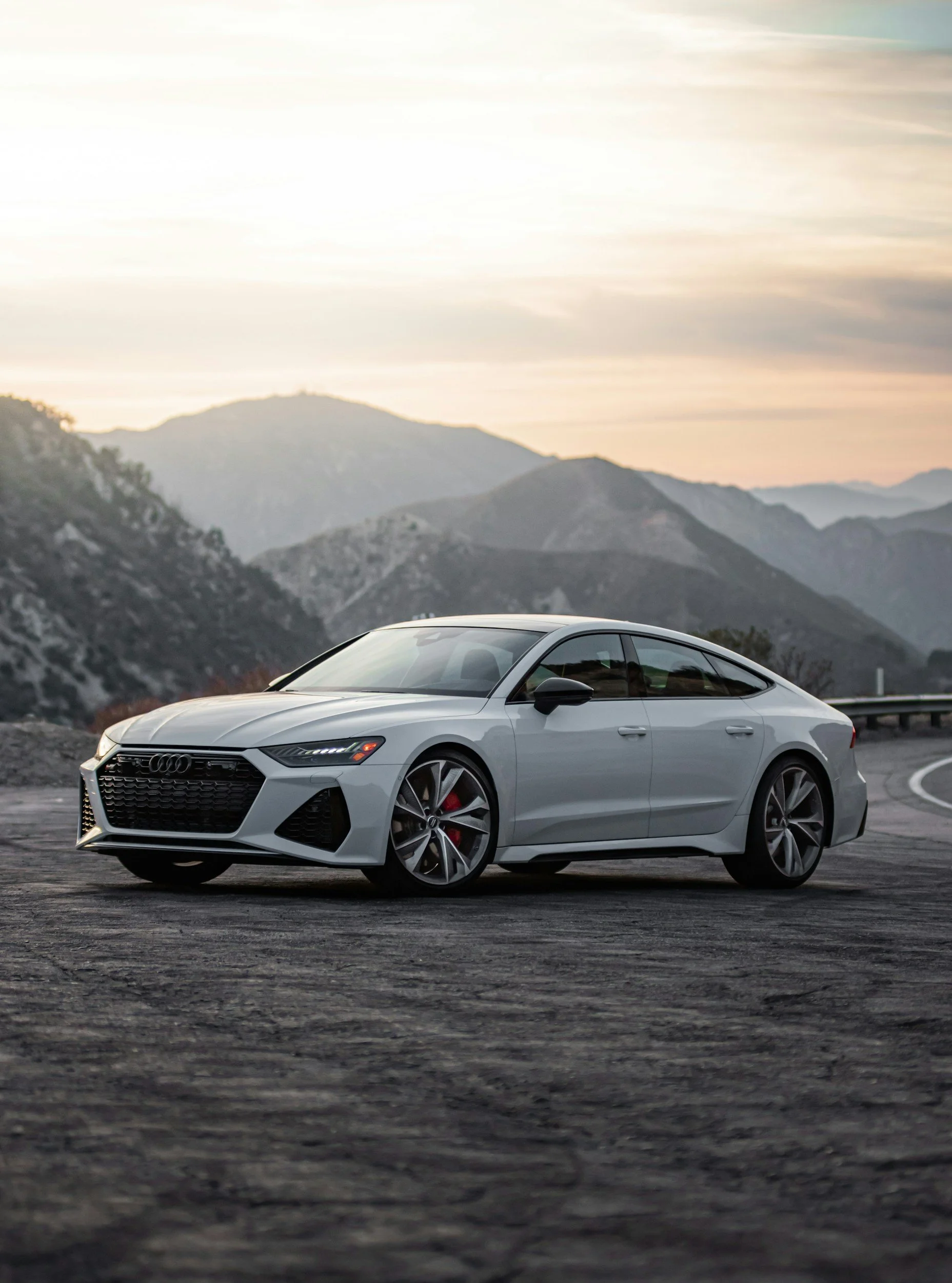Are 5‑Cylinder Car Engines Good (or Something to Avoid)?
Over the years, automotive enthusiasts have debated the merits of various engine configurations - inline‑4, V6, flat‑4, V8, and more. But the 5‑cylinder engine holds a unique place: less common than the rest, but with a dedicated following. In this article we’ll dive into:
What a 5‑cylinder engine is and how it works
The history and notable applications
The pros and cons compared to 4‑ and 6‑cylinder engines
Common failure modes and maintenance tips
Whether you should avoid them-or embrace them
Examples in European cars you might see at a workshop like ours
How to choose a reliable one if you’re shopping
What Is a 5‑Cylinder Engine?
A 5‑cylinder engine (often of the inline or “straight‑5” configuration) sits between the very common 4‑cylinder and 6‑cylinder designs. Instead of having pairs of cylinders (like even‑number arrangements), the 5‑cylinder is asymmetrical: it has an odd number of pistons in a single bank (in the case of inline 5s) or in a less common V shape.
Because of this layout, engineering a 5‑cylinder engine presents unique challenges in balancing, vibration mitigation, firing order, and exhaust design. But when done well, it gives a distinctive personality in sound, torque delivery, and performance.
History & Notable Uses
Though rare, 5‑cylinder engines have been used by several manufacturers, especially in Europe and performance cars. Some notable examples:
Audi / Volkswagen - Audi notably used 5‑cylinder engines in models such as the classic Audi Quattro and later RS models with the 2.2/2.5 TFSI 5‑cylinder.
Volvo - In the 1990s and 2000s, Volvo offered 5‑cylinder engines in models like the 850, S70, V70, and XC90.
Mercedes - Some older diesel models experimented with 5‑cylinder diesel engines.
Other niche brands/model lines have tried 5‑cyl configurations in certain markets or prototypes.
Because they’re less common, they often become conversation starters and enthusiast favourites when they’re performing well.
Pros of 5‑Cylinder Engines
Unique Engine Character & Sound
The firing order and asymmetry give a sound and feel that many fans find more engaging than a typical 4‑cylinder.Good Midrange Torque
A 5‑cylinder often balances the efficiency of 4‑cylinders with torque characteristics somewhat closer to a 6‑cylinder, making them usable in everyday driving and spirited runs.Compact Design
Compared to a V6, an inline-5 can be simpler and narrower, which may suit certain engine bay layouts better.Exclusivity & Appeal
Because they're rarer, they attract niche interest and can differentiate a car in a crowded market
Cons & Drawbacks of 5‑Cylinder Engines
Balance & Vibration Challenges
With an odd number of cylinders, achieving smoothness is harder. Manufacturers must add balance shafts or use other engineering tricks, which adds complexity, weight, and cost.Parts Availability & Cost
Fewer cars use 5‑cylinders, so sourcing parts (gaskets, sensors, timing chains, exhaust components) can be more difficult and expensive.Complex Exhaust & Intake Tuning
Designing equal-length exhaust headers or intake manifolds is more difficult with an odd number of cylinders; compromises are often required.Fuel Efficiency vs. 4‑Cylinder
In modern engine downsizing, a turbocharged 4‑cylinder may match or beat a naturally aspirated 5‑cylinder’s efficiency, especially with advanced technologies like variable valve timing.Repair Complexity
If something goes wrong (e.g. head gasket, balance shaft, or internal wear), diagnosing and repairing a 5‑cylinder engine may require more specialized knowledge.
Common Failure Modes & Maintenance Tips
Because 5‑cylinder engines have design quirks, certain areas require special attention:
Balance Shaft & Bearings - due to vibration compensation, excess wear can cause knock or vibration.
Exhaust Manifold & Gaskets - the odd layout may stress gaskets more than symmetrical engines.
Head Gasket / Cylinder Head Issues - when leaks or overheating occur, the uncommon layout may complicate repair work.
Turbo / Forced Induction Add-ons - many 5‑cyl performance variants are turbocharged, and turbos push stress on cooling, oiling, and intake systems.
Intake manifold and throttle body designs may be more complex to optimize due to airflow symmetry constraints.
Maintenance Tips:
Use high-quality lubricants and adhere to strict change intervals
Inspect vibration dampers, balance shafts, and mounts regularly
Monitor for exhaust leaks or misfires early
Use specialist workshops familiar with 5‑cylinder layouts (like EU Auto)
Source OEM or well-supported aftermarket parts
Are 5‑Cylinder Engines Worth It?
Short answer: If engineered well and maintained properly, yes- they can be great. But buying one requires caution:
Prefer models from manufacturers that had reputation and engineering pedigree (Audi, Volvo)
Check service history and common trouble areas
Ensure parts support exists in your region
Understand that repair costs may be higher due to specialization
They are not for everyone, but many enthusiasts will swear by the character and experience they offer.
5‑Cylinder Engines in European Brands You’ll See at EU Auto
Because we specialise in European vehicles, here are examples of where 5‑cylinder engines may appear in the makes we service:
Audi / VW Group - the classic Audi Quattro 5‑cylinder engines and some RS models (2.5T)
Volvo - many late 1990s & early 2000s Volvos used 5‑cylinder engines across sedans and SUVs
Other Brands - while rare, occasional models or custom builds may exist; we’re ready to service them on request
At EU Auto, our technicians have experience with unconventional engine layouts, and we ensure signature European reliability-no matter how many cylinders.
In Summary
5‑cylinder engines bring together performance, personality, and rarity. They’re neither perfect nor outdated; they demand engineering precision and diligent care. In skilled hands, they can be exceptional performers.
If you own a 5‑cylinder European car, or you’re curious about its repair, tuning, or maintenance needs, we’re here to help.
Contact EU Auto today or book a diagnostic session - we’ll support your car with the technical knowledge and care it deserves.


